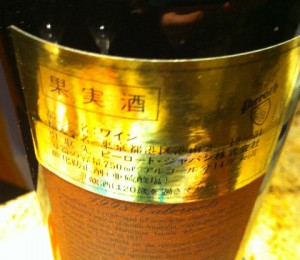Prickles of green and brown, red and black. The aroma wraps spice and flesh in the skin of a fruit that is equal parts familiar and fictitious, not-quite-plum in its tart angularity, almost-blackberry in its brambly heat. This wine throws the sort of abstract aroma profile I associate more with fine fragrance than wine, something that approaches real life through a lens of artifice and construction. Yet it’s so earthy too, redolent of dirt roads and rough bark and things you feel as much as see. And it’s beautiful to smell.
The palate rushes at you with surprising, and surprisingly relaxed, fruit. This is the fruit of overripe plums, not baked or stressed so much as juicy to the point of bursting. It would be almost Barossa-like if not for the vibrantly purple-fruited Hilltops character that, after some air, emerges powerfully from a background of subtle oak, spice and structure. There’s certainly enough acid and tannin, the latter chunky and textural in character. This is all quite savoury and in its sense of integrity reminds me of home made preserves, baked things and slow cooking. Its finish caresses my tongue and reminds me that wine is for drinking — most days if you’re lucky — and that no critical endeavour will ever cause me to lose my enjoyment of the drink.
All this without even touching on this wine’s maker, its back label, the blend, its name, its price, the intent so clearly on display. I figured it best to just describe the wine, in order to do everything else justice. I’ll be buying a dozen, and I suggest you do too.
Mountain X
Price: $A15
Closure: Stelvin
Source: Gift
